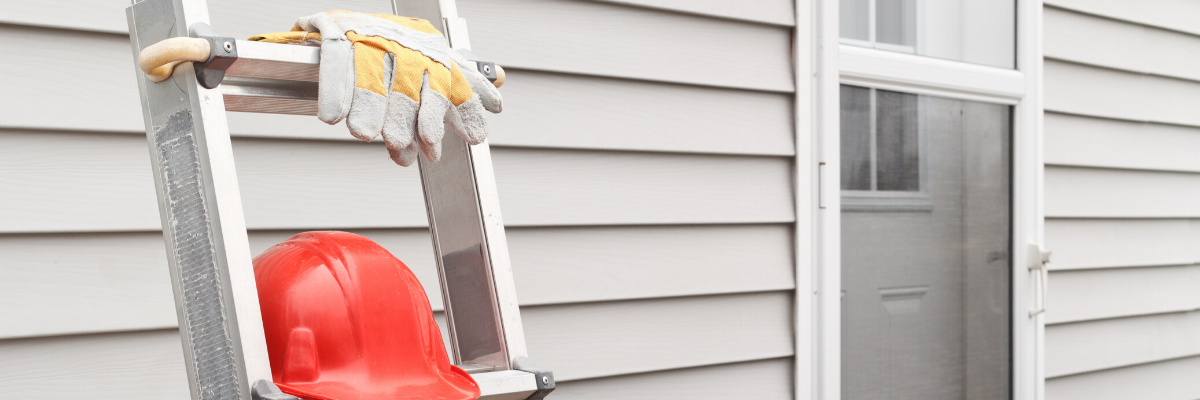Ladder Inspections are a vital part of using ladders safety. They should be checked before every use and regularly be a competent person every 3 to 6 months. This blog post will show you an easy way to keep track of those inspections and what to look out for before each use.
The first rule of staying safe when using ladders is to do regular checks and pre-checks If it is not safe to use then DO NOT USE IT.
The HSE Website states that a pre-check should be done by the user, before using the ladder and after something has changed for example, when moving the ladder to a different area the feet should be checked for damages.
When carrying out a pre-check you should;
- Check the Stiles - If the stiles appear to be bent or split this could cause the ladder to collapse.
- Check the Feet - If the feet are missing, worn or damaged the risk of the ladder slipping increases.
- Check the Rungs - If the rungs are bent, missing or lose the chance of falling again increases, as the ladder can easily become unstable.
- Check Locking Bars - If you are using a stepladder you should check the locking bars and ensure that they are not bent and the fixings are not worn or damaged.
- Check the Platform - If you are using a platform stepladder you also need to check the platform for any defects, such as the platform being split or buckled.
If you notice any defects on your ladder you should not use the equipment. Put safety first and purchase new access equipment or when suitable ladder spares may be the answer. For example, if your feet are damaged the Trim 2 Fit Replacement Ladder Feet may be a solution.
As well as pre-checks, regular ladder inspections should be conducted by a competent person for all work at height equipment and a detailed ladder inspection should be completed every 3 or 6 months. The ladder inspection records are legally required to be made available to a health and safety officer when required.
Ladder inspectors need to be properly trained as well as have the correct practical and theoretical knowledge, training and experience necessary. This knowledge can be obtained from our Ladder Association Ladder Users & Inspection courses or should you prefer we can come to site and inspect your ladders for you.
An easy way to keep track of your ladder inspections is with the Ladder Log Business Pack. This business pack makes it extremely easy to keep track of your ladder inspections and the A4 Inspection folder allows you to store completed checklists. These are available for free download on our Ladder Log Product pages.
The Ladder Log inspection tag is really simple to use and this video 'Ladder Log Inspection System in 25 Seconds' illustrates how easy it really is in just four steps. Inspecting and tagging your equipment can significantly lower the risk of ladder falls occurring and we can not stress enough how important it is.
If you have any questions or require any more information don't hesitate to contact us by calling 01204 590 232 or by sending us an email.


